Featured 1
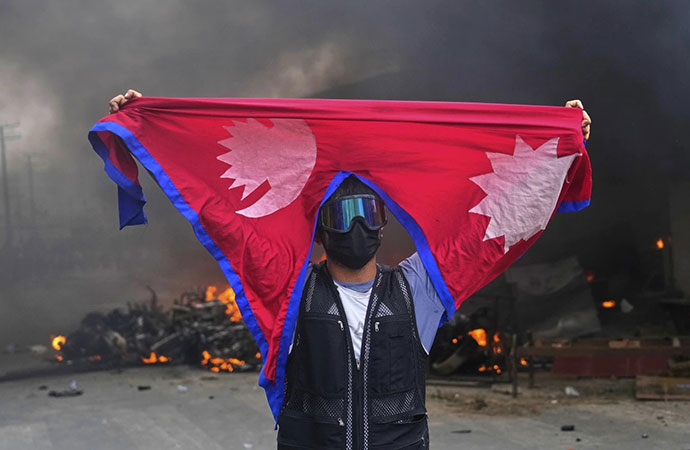
Photo: AP/UNB
For the second time in a year, or just 13 months to be exact, we have seen the people of a South Asian nation rise up in anger, and overthrow a government they saw as failing miserably to cater to their needs. Following in the footsteps of last year's monumental student-led protests in Bangladesh that forced the then-prime minister to seek exile in neighbouring India, this week witnessed similar scenes in Nepal, the Himalayan nation we're more used to associating with mountainous holidays and ancient temples. Nor should we forget the similarly intense anger that poured out onto the streets of Colombo, the capital of Sri Lanka, not too long ago, in 2022, that brought down the government there. It has led to analysts even speculating as to which of the eight, or rather the remaining five countries in Saarc might be next.
Is it part of a pattern? Are protests contagious? Or is it just comeuppance at last, for some very corrupt leaders, in what is by most measures one of the poorest regions in the world? In Nepal, we saw that same anger against entrenched, generational wealth in a nation offering few opportunities to its youth boil over onto the streets, that saw Sri Lankans revolt against the Rajapakse clan, and Bangladeshis tear down the myths sustaining the descendants of Sheikh Mujibur Rahman. On the streets of Kathmandu, they are called the "Nepo Kids" - children of politicians living lives of unimaginable luxury in a country where their fellow citizens are struggling to make ends meet, and even posting about their designer handbags and expensive holidays on social media - "showing off', as it were.
As word quickly spread at the start of September and young people shared these accounts with disparaging views on the growing inequality in the country, the Nepalese government's response was nothing if not tone deaf: last week, they banned more than two dozen social media platforms including Instagram, Facebook and WhatsApp. This was the proverbial last straw. Two nights of chaos saw tens of thousands of people, in a country with one-sixth the population of Bangladesh (30 million) pour onto the streets to vent their fury, setting fire to parliament and the Supreme Court and clashing with law enforcers sent to keep them under control. Nineteen protesters were killed in Kathmandu on the first day as police responded with lethal force, and in a sense, Prime Minister K.P. Oli's fate was written on that night itself. He would resign the next day, as his flailing government lifted the social media ban but failed to contain the anger that had now spread to other cities around the country. Some of the scenes, including setting an ex-premier's house on fire, in which his wife was burned to death, were quite harrowing.
But the anger on the streets was, and pronounced, and despite everything, the will of the people can be said to have prevailed, as the politicians, like their brethren in Sri Lanka and Bangladesh, had no moral ground to stand on. In retrospect, the only conclusion must be that they brought it upon themselves. We can only hope that their fates will now serve as a lesson to future leaders of the region.






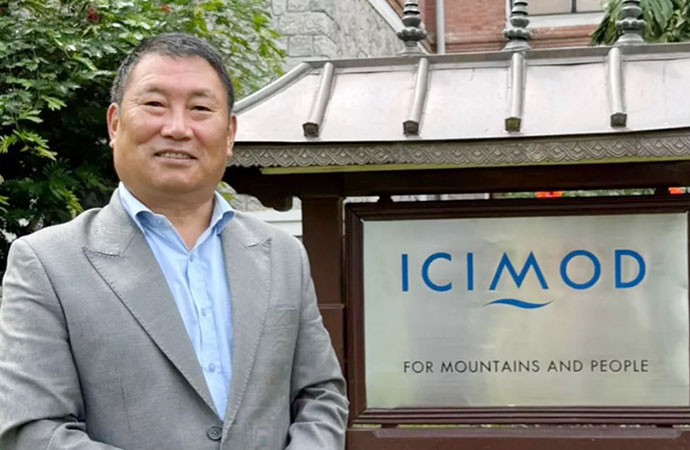
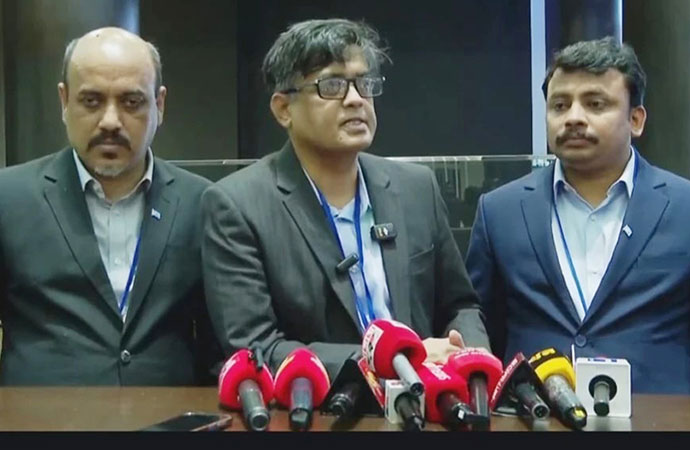
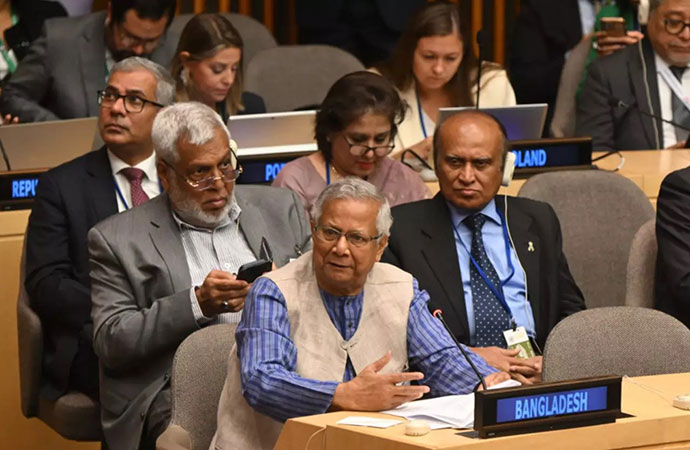
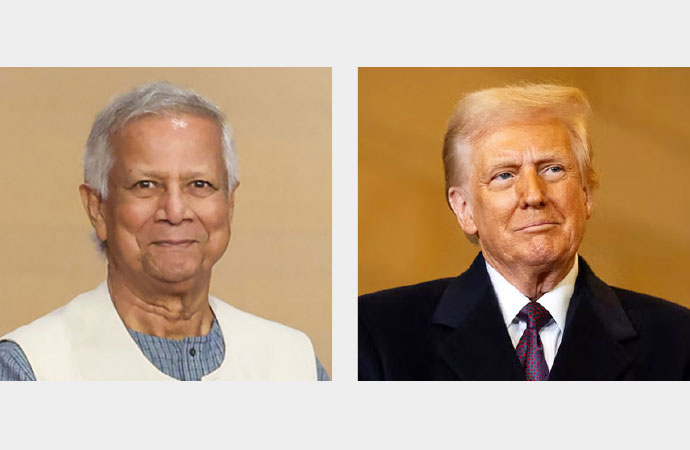
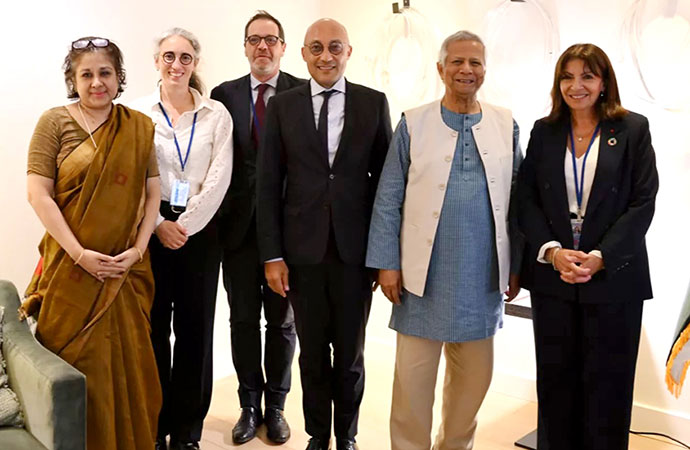
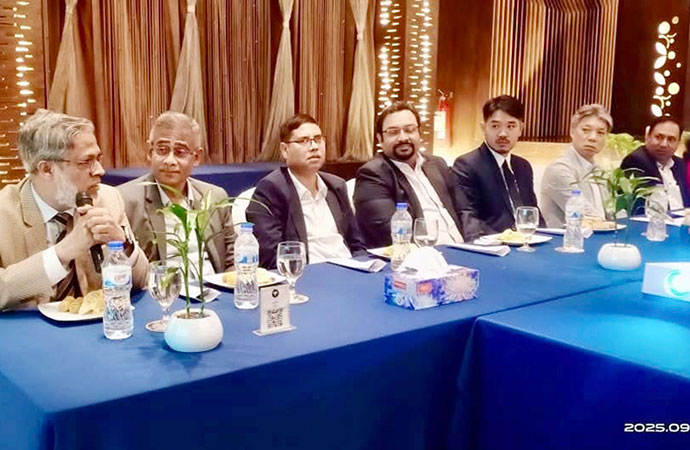
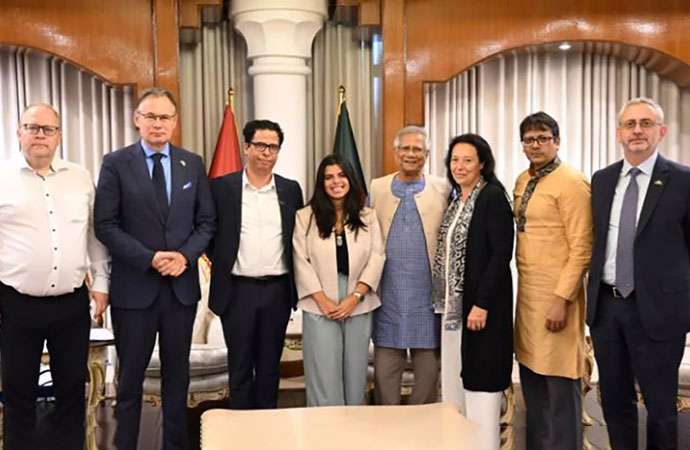

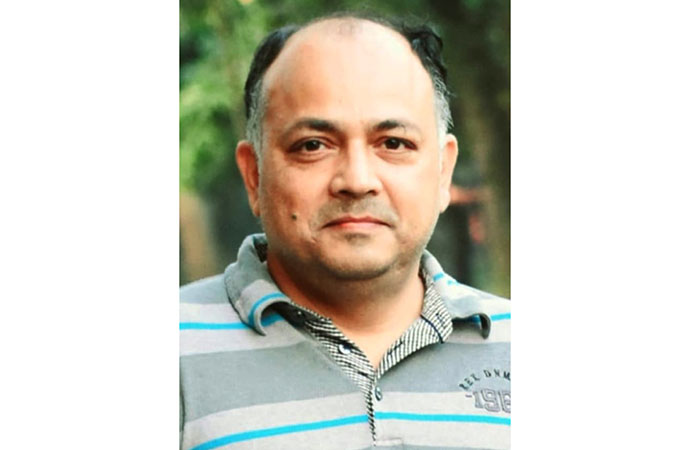
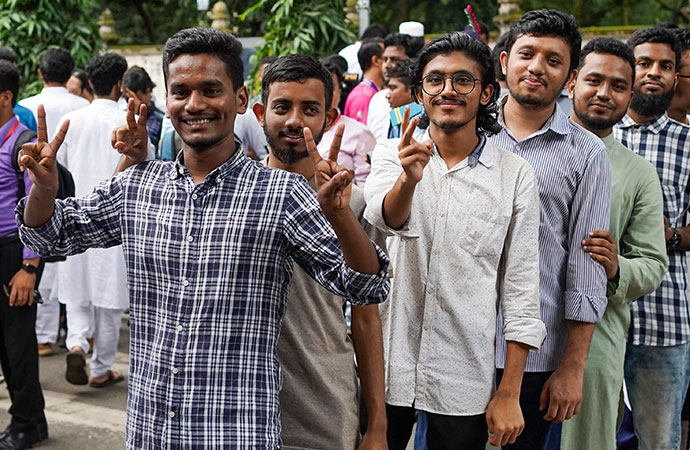
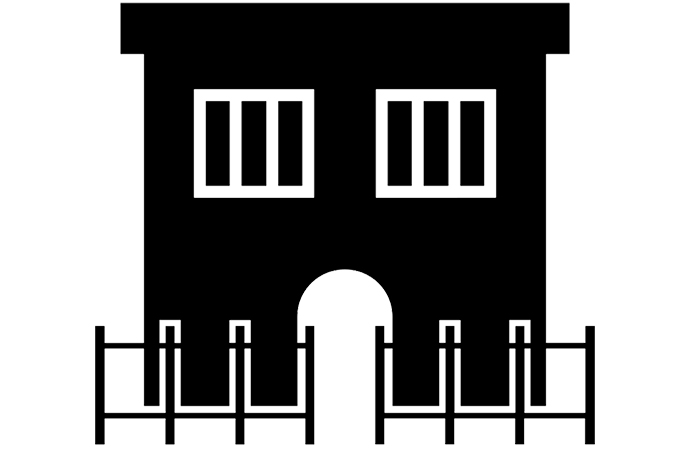

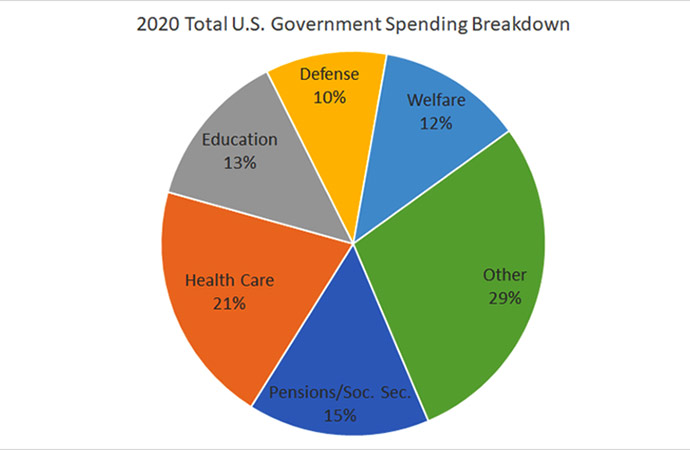
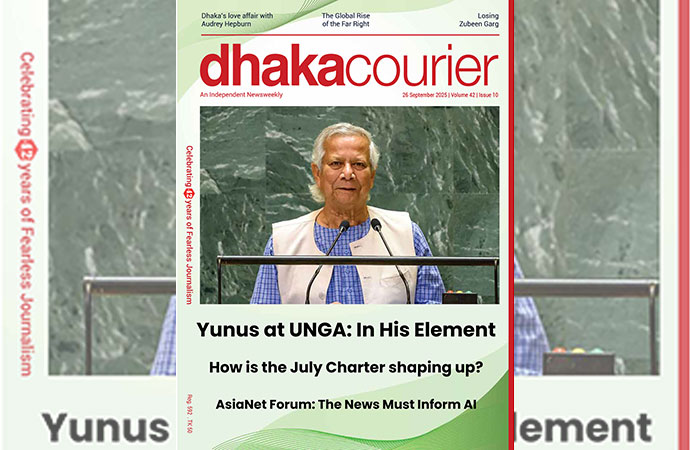
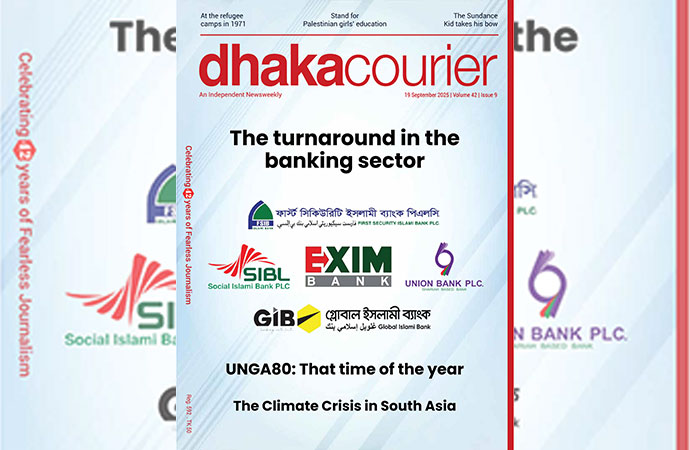

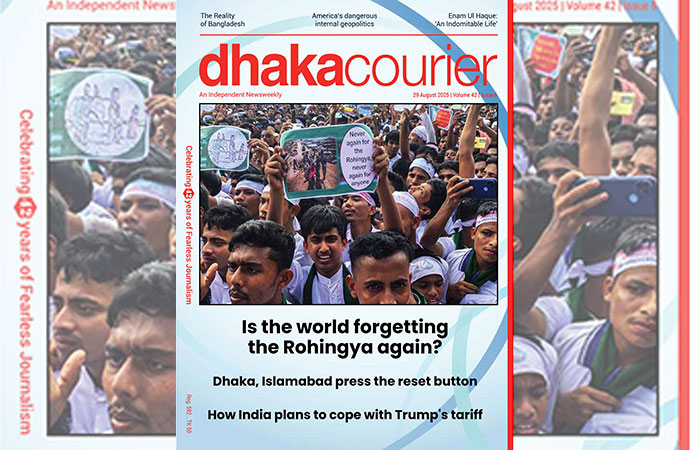

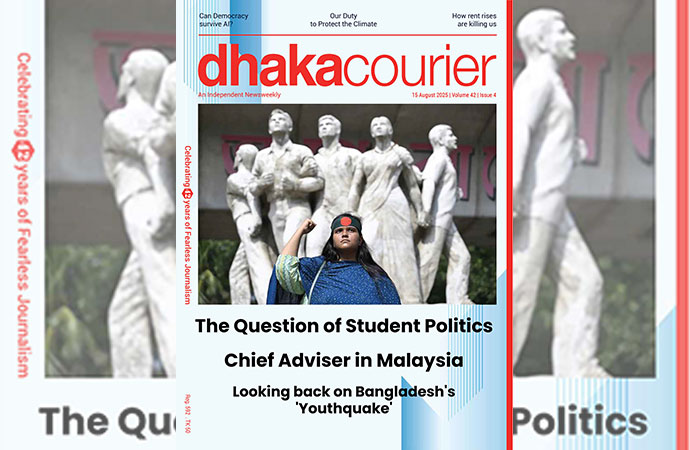
Leave a Comment
Recent Posts
Religion and Politics: A Toxic ...
At Dhaka University, cafeteria workers have been told not to wear shor ...
Enayetullah Khan joins AsiaNet ...
AsiaNet’s annual board meeting and forum was held in Singapore, ...
In a New York minute
Many leaders back a UN call to address challenges to ..
Defaulted loans at Non-Bank Financial Institutions ( ..
How the late Zubeen Garg embodied cultural affinitie ..